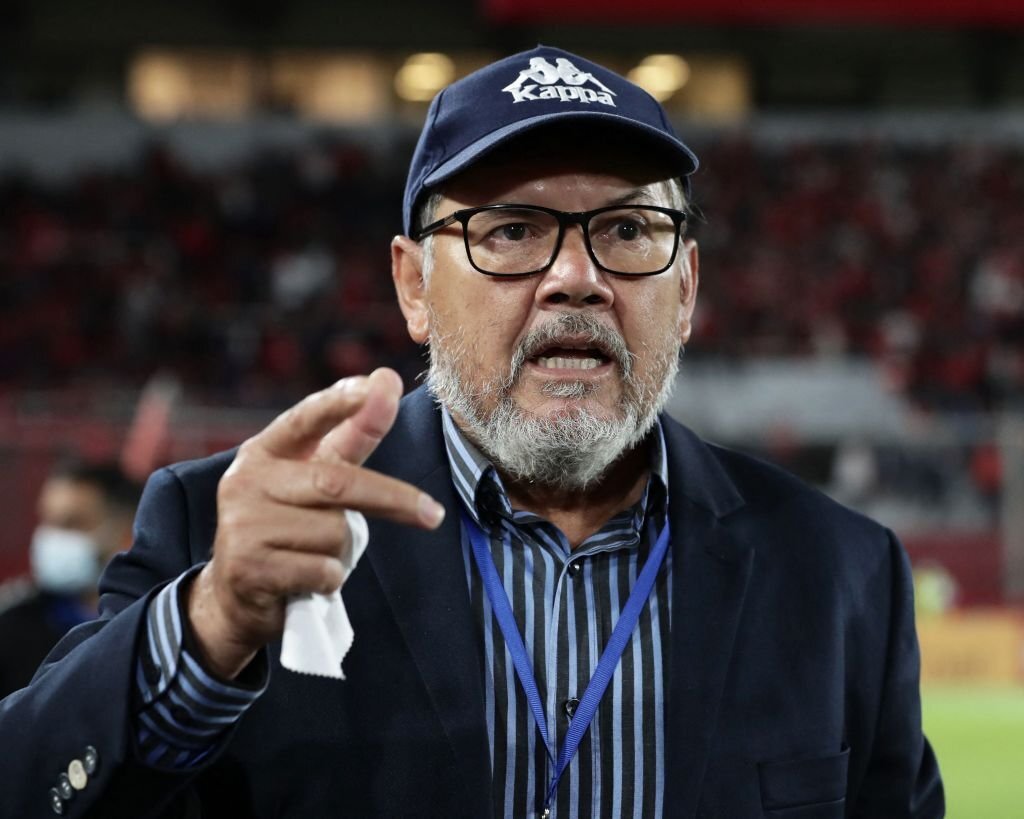Of the 3,102 educational centers in the country, 3,055 (98%) teach face-to-face classes to 783,374 students. This, after two years in which students received distance or blended education due to the pandemic.
This is clear from the latest report on the state of reopening of schools, prepared by the United Nations Children’s Fund (Unicef).
The document details that the United Nations agency is working together with the Ministry of Education (Meduca) on a proposal for the recovery of learning at the pre-secondary level and on the design of an early warning system for the prevention of exclusion. educational.
The report explains that at the end of March, 29 countries in Latin America and the Caribbean had almost fully reopened their schools (including Panama), while 8 have partially closed them. The latter are Bahamas, Belize, Brazil, Dominica, Guatemala, Honduras, Mexico and Saint Kitts and Nevis.
In the Unicef report, reference is made to the report that this UN agency prepared together with the United Nations Educational, Scientific and Cultural Organization (Unesco) and the World Bank, entitled Where are we in the recovery of the education?, which highlights the alarming levels of learning losses due to school closures due to the pandemic.
The report also shows that the closure of schools has had an unfavorable impact on Panamanian education.
For example, the situation means that almost 90% of 15-year-old students will not achieve the minimum level of performance due to the impact of the pandemic and the lack of face-to-face education.
The UNICEF representative in Panama, Sandie Blanchet, told the newspaper La Prensa that this moment is an opportunity to make the necessary adjustments to guarantee that each child, especially the most vulnerable, has access to education.
“The learning we have obtained about the impact of education on childhood should serve as a guide to identify those elements necessary to provide quality education to students,” he said.
Blanchet recently argued in an interview with this medium that the educational community (authorities, directors, teachers, parents, students and administrators) has a fundamental role in this aspect and it is with their support that you can help prevent school exclusion.
In this sense, the study Childhood out of school and at risk of educational exclusion in Panama, published last February, showed that the country has 100,000 children and adolescents between 5 and 20 years old outside the educational system, and found that 192 thousand children and adolescents are at potential risk of dropping out of school.



